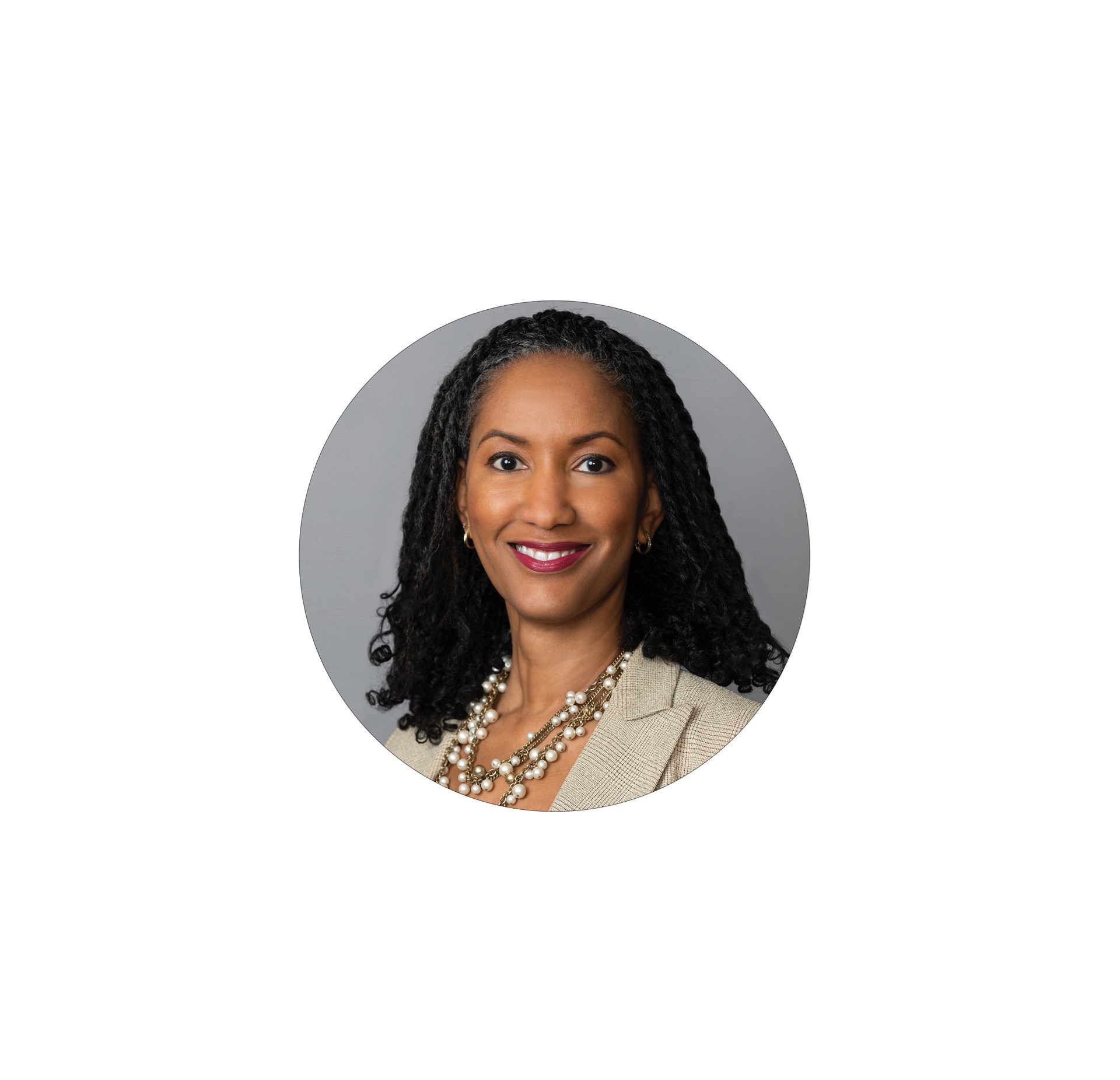Unprecedented Stressor
From the nidus of the pandemic, the US healthcare system has been prodigiously stressed, with a ripple effect not just on patients, but also on providers. Recognizing this incredible and unique stress on surgeons, and particularly surgical trainees and early career surgeons, the Resident and Associate Society of the American College of Surgeons (RAS-ACS) wanted to better understand its constituents’ experiences to determine how to support them best during this crisis.
As context, the RAS-ACS provides surgical trainees and early practice surgeons with opportunities for participation in ACS affairs, fosters leadership skills in academic surgery, and offers a platform for young surgeons and trainees to voice their opinions and concerns to the College leadership. RAS-ACS is the home of Resident Members and Associate Fellows, whereas the Young Fellows Association (YFA) represents ACS Fellows age 45 and younger.
In response to the COVID-19 pandemic, RAS-ACS formed a COVID-19 Resident Taskforce in May 2020 to analyze the effects of the pandemic on RAS and YFA members. The taskforce disseminated an anonymous, online survey to the RAS and YFA listservs in July 2020. A total of 1,160 individuals (40% [465] residents and 60% [695] early career surgeons) responded, and the results were remarkable. Respondents provided a sobering depiction of how COVID-19 had negatively affected their clinical and personal experiences and revealed a striking lack of access to personal protective equipment (PPE).*
A multivariable, stepwise logistic regression model identified that individuals who reported high depression and burnout symptoms were more likely to be women, less likely to report availability of wellness resources, more likely to report taking care of known COVID-positive patients, and less likely to report access to adequate PPE. The results of this survey inspired a discussion with the ACS leadership and led to an official College statement regarding the necessity to prioritize and preserve access to PPE for surgical residents.
The reality is that COVID-19 remains an ongoing phenomenon, with an average of nearly 60,000 people diagnosed and 400 deaths per week in the US. Hence, the virus places an ongoing demand on the healthcare system and continues to affect surgeons and surgical trainees.











